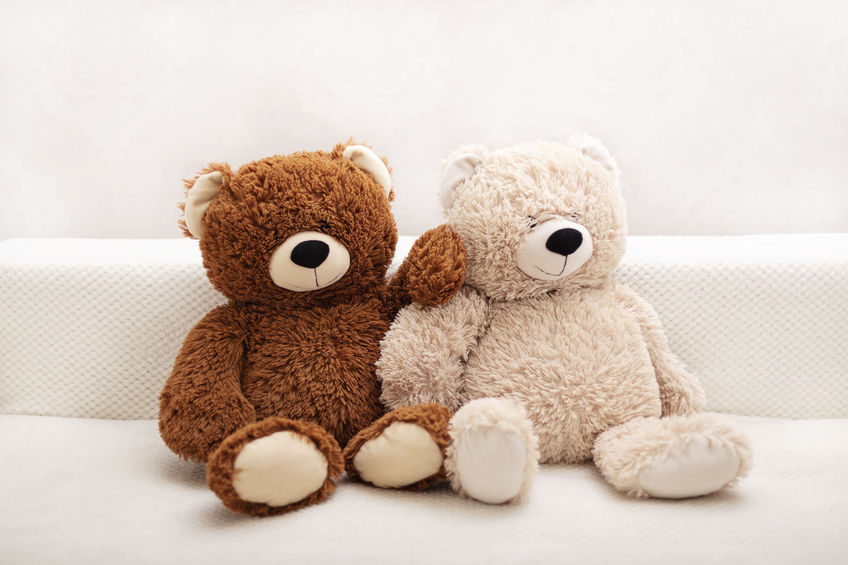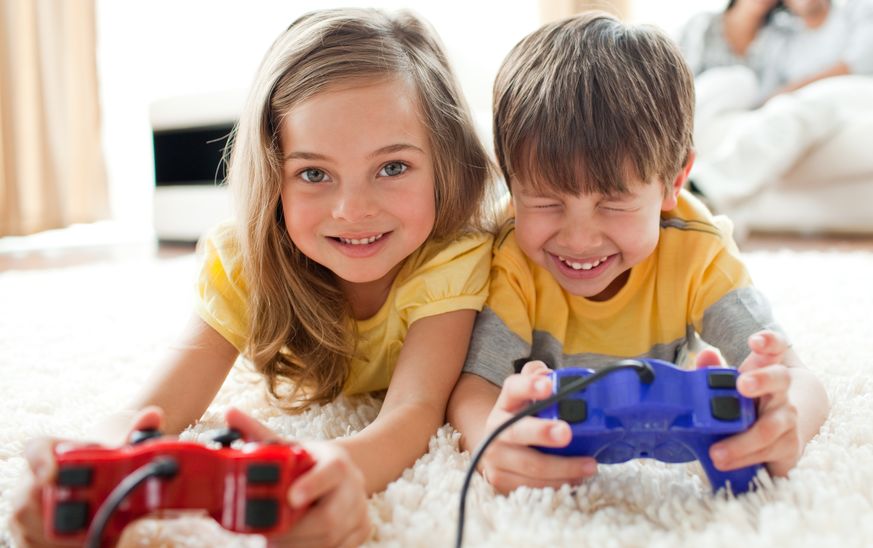
We all understand the importance of staying fit, not just for our children but for ourselves as well. However, it can be difficult to motivate everyone. That’s where family fitness challenges come in. Fun for the whole family, these challenges can motivate the adults and children to reach their fitness goals. Here’s how to start:
Pick a goal
A family fitness challenge requires every member of the family to work towards a goal. Picking that goal, however, will require some thought. Some families do the same sport and work towards, say, running a mile under 10 minutes. Yet, you may find that not every member of your family wants to run or do the same sport. If that’s the case, you can all have your own individual goals. Your son may work on improving his batting average, while your daughter can try to do 30 consecutive push-ups.
Make a plan
Now that you have your goal(s), it’s time to make a plan to reaching it. Detail how each person will reach their fitness goal and find a way to monitor their efforts (such as fitness logs, training apps, and more). You should also have a timeframe for when the challenge starts and when it ends. If you would like certain rules or guidelines, these should be agreed upon before the challenge starts.
Choose a reward
A fitness challenge can be arduous, but you can keep everyone motivated with a reward. If your family is the competitive type, you can all compete to see who reaches their goal first. Whoever does gets a reward of their choosing. However, you can also reward each person who manages to meet their fitness goal in the allotted time. Almost anything can be a reward—a trip, cash, a new toy, or a fancy meal.
One way you can reward your kids for meeting their fitness goals is to get them a stuffable animal from The Zoo Factory. Look through our website to get started!


Recent Comments